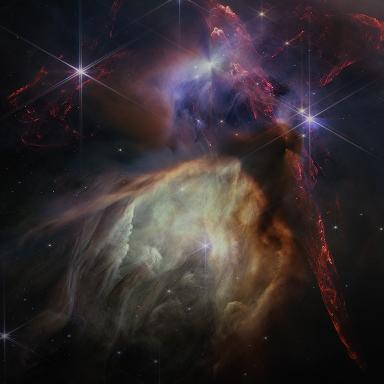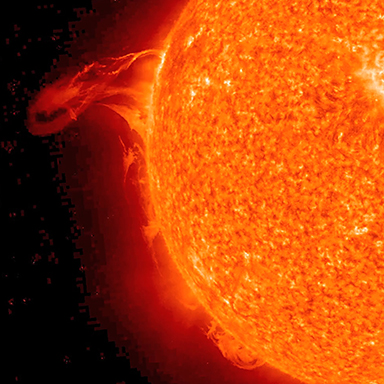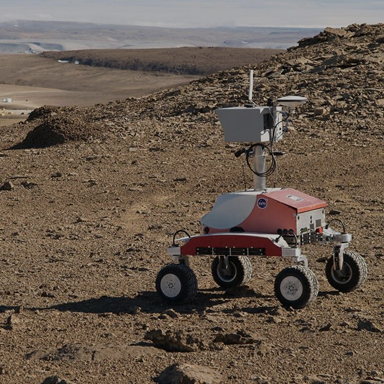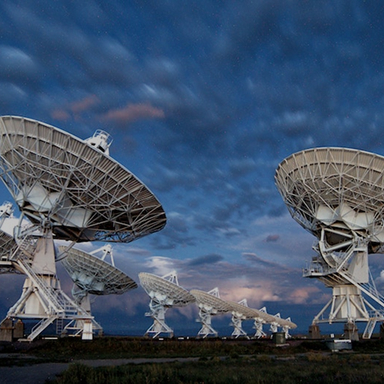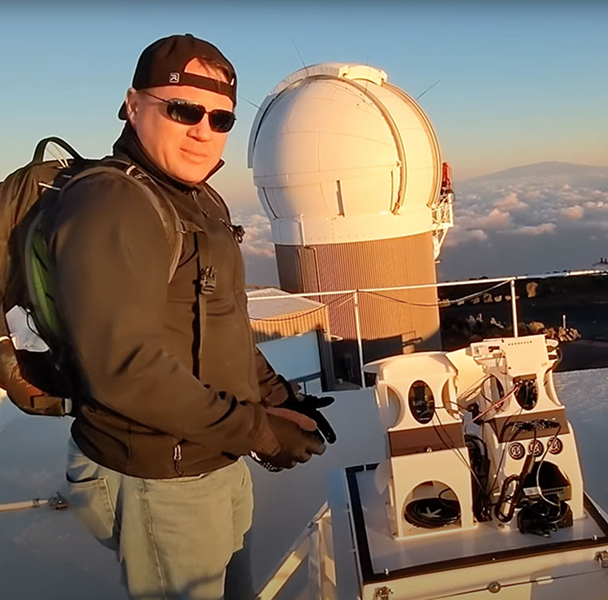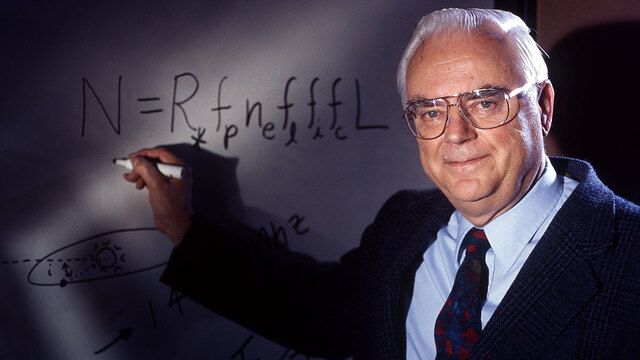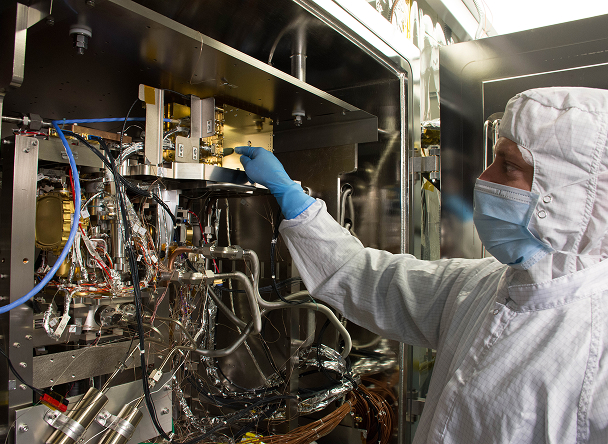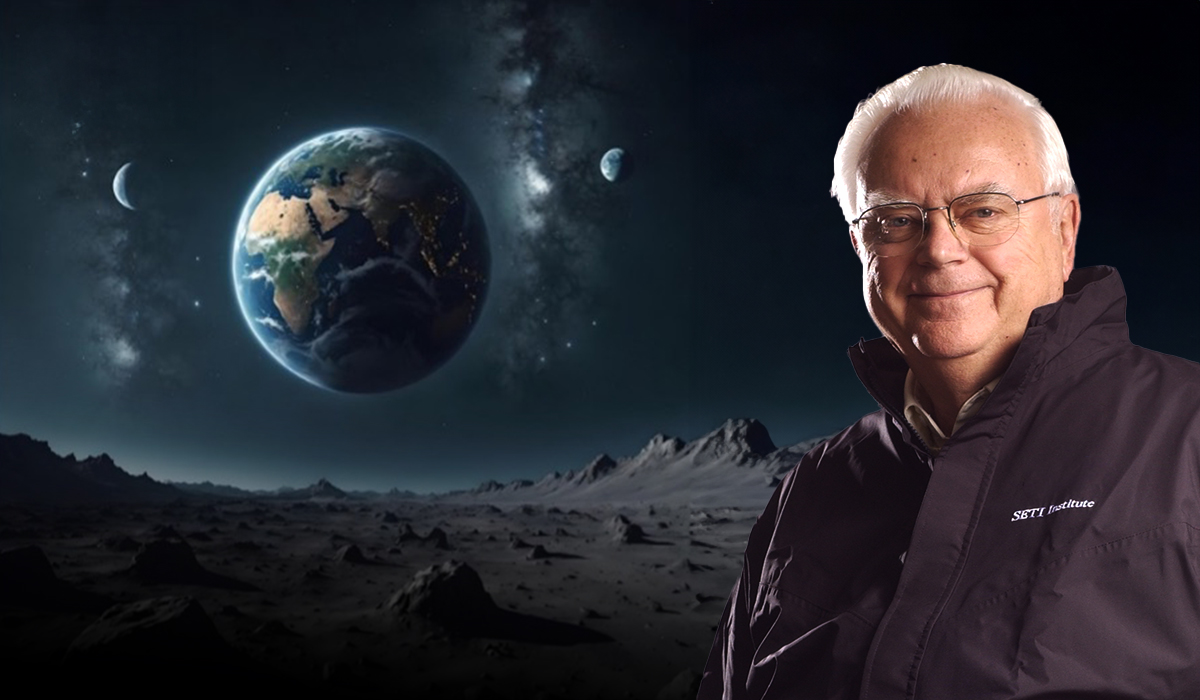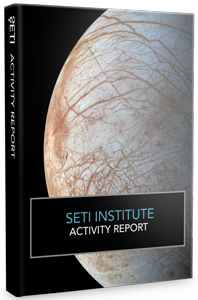Leading the Search for Life and Intelligence Beyond Earth
We are exploring the solar system for life, from Mars to the icy moons of the outer solar system. Partnering with NASA, we seek chemical signs of life on other worlds. We also search for signals from advanced civilizations using the Allen Telescope Array, the Very Large Array in New Mexico, and our LaserSETI global observatory.
The SETI Institute is the world’s only research organization devoted to the search for life and intelligence beyond Earth.
- Ground and space-based optical telescopes
- Radio telescopes and interferometers
- Advanced signal processing technology
- Laboratory research
- Field expeditions
- Theoretical studies
- AI and advanced data analytics
Our Science Team
We are a nonprofit research organization From microbes to alien intelligence, the SETI Institute is America’s only organization wholly dedicated to searching for life in the universe.
News & Events
Research Activities
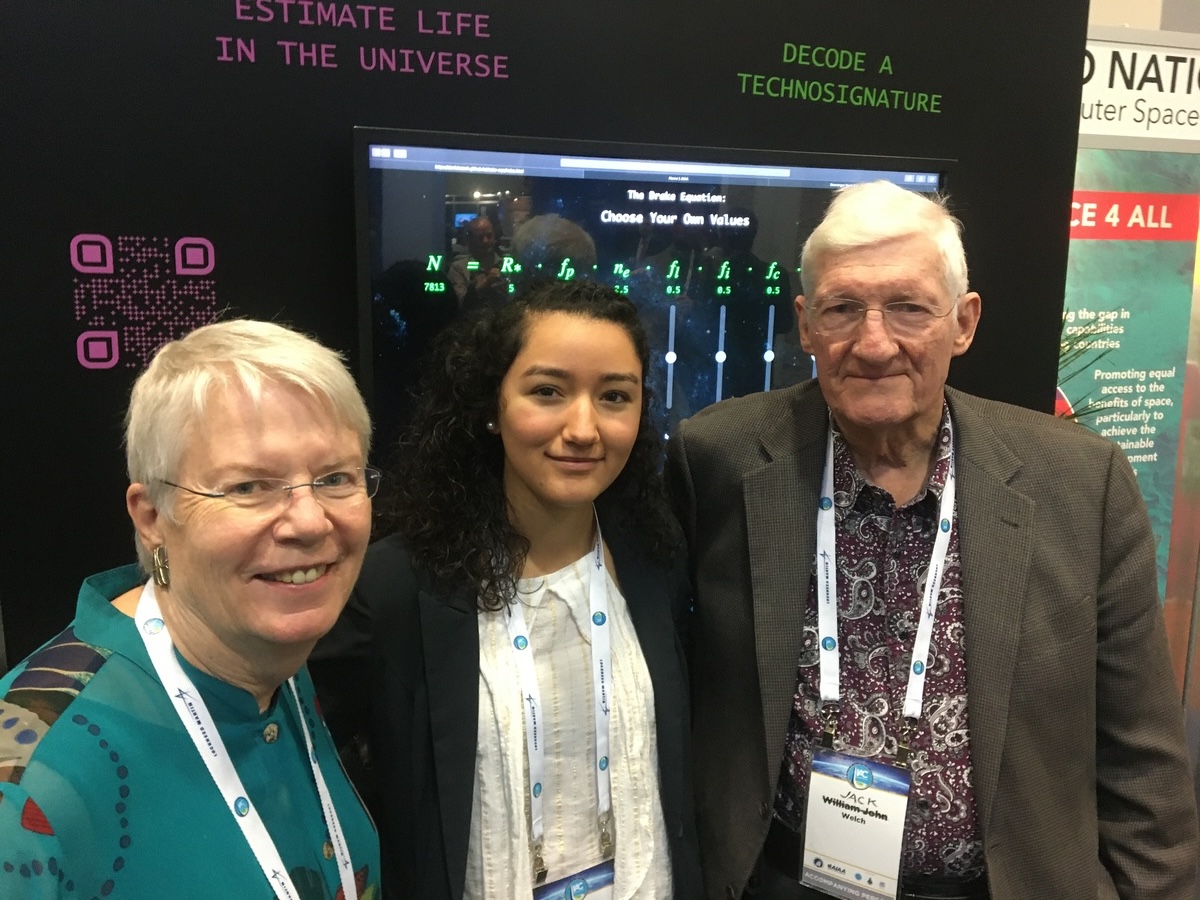
SETI Institute Names First William J. Welch Postdoctoral Fellow
#Press Releases #ATA #Fellowships #SETI #Hat Creek Radio Observatory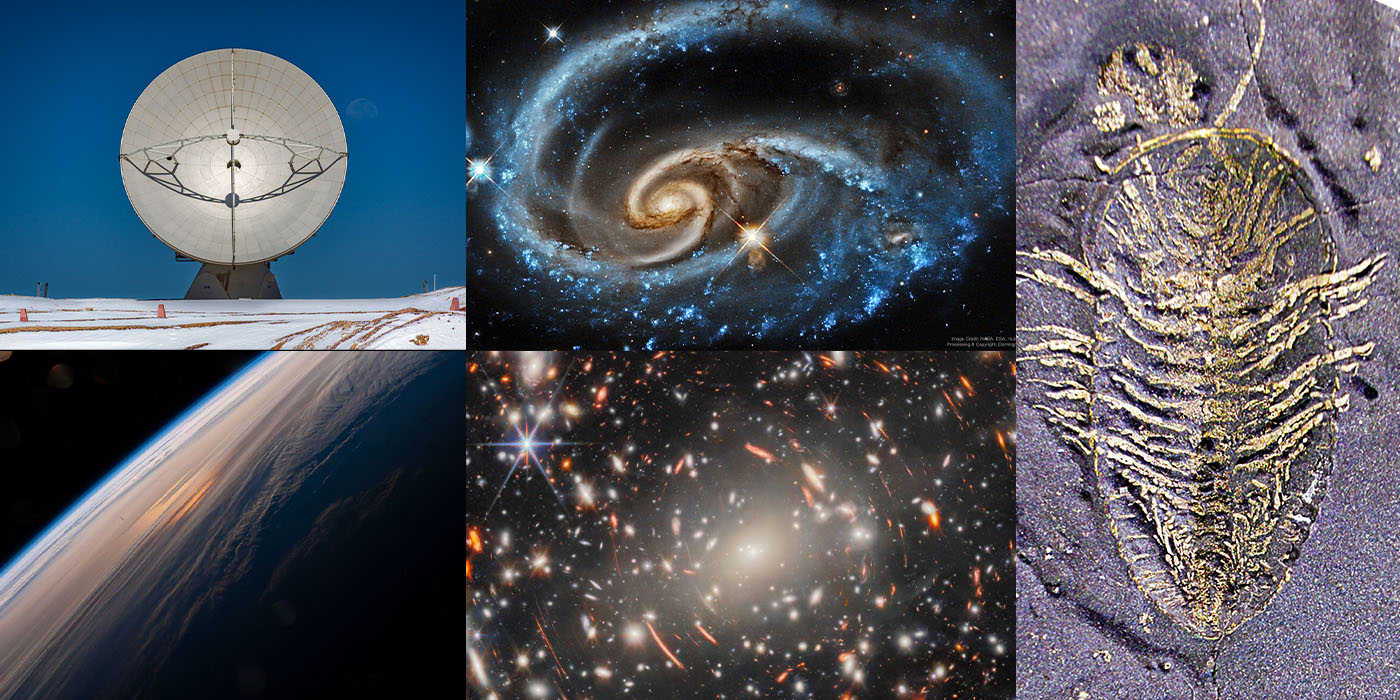
Planetary Picture of the Day - Week of June 02, 2025
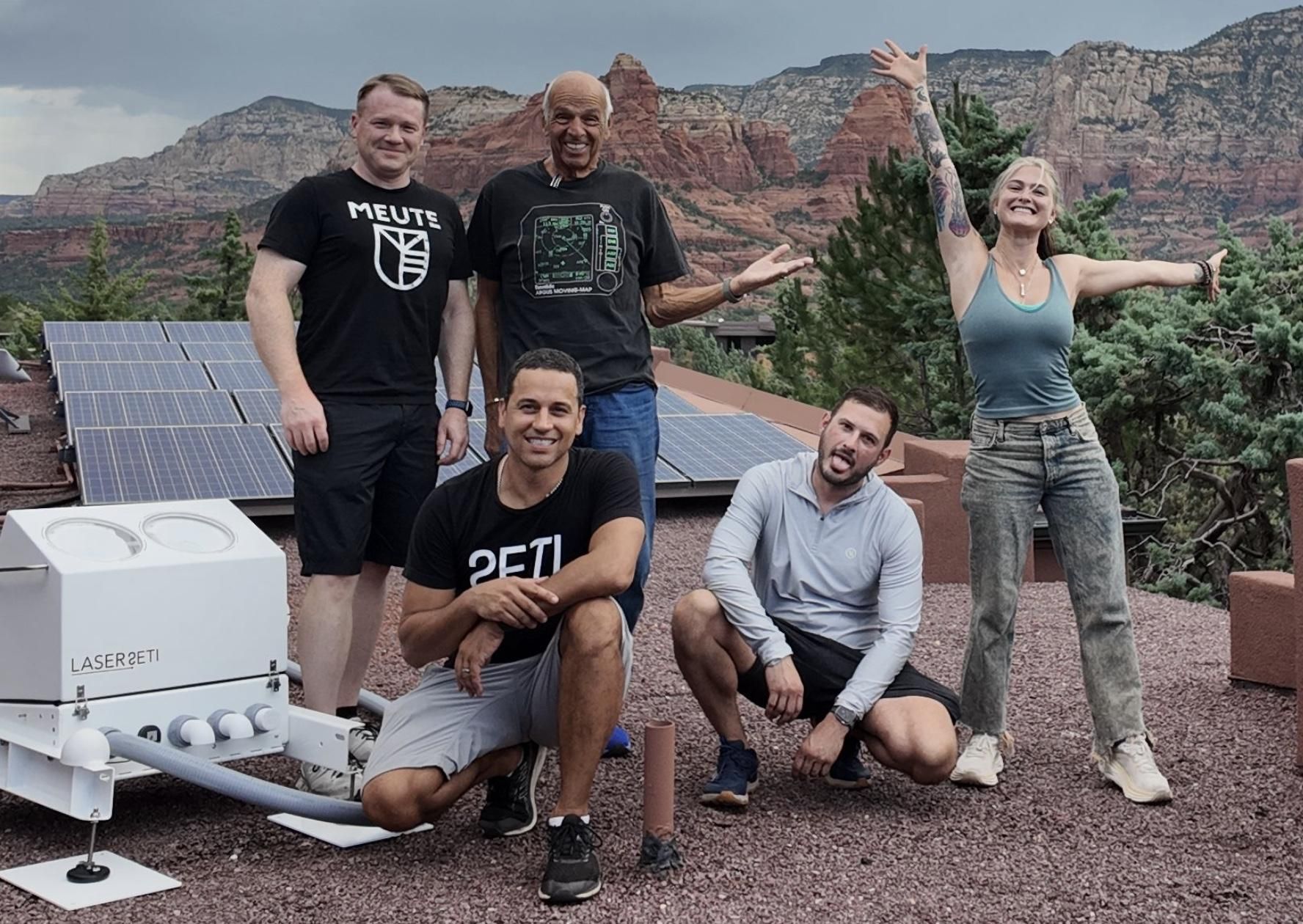
Searching for Life from the Rooftops
#LaserSETI #SETI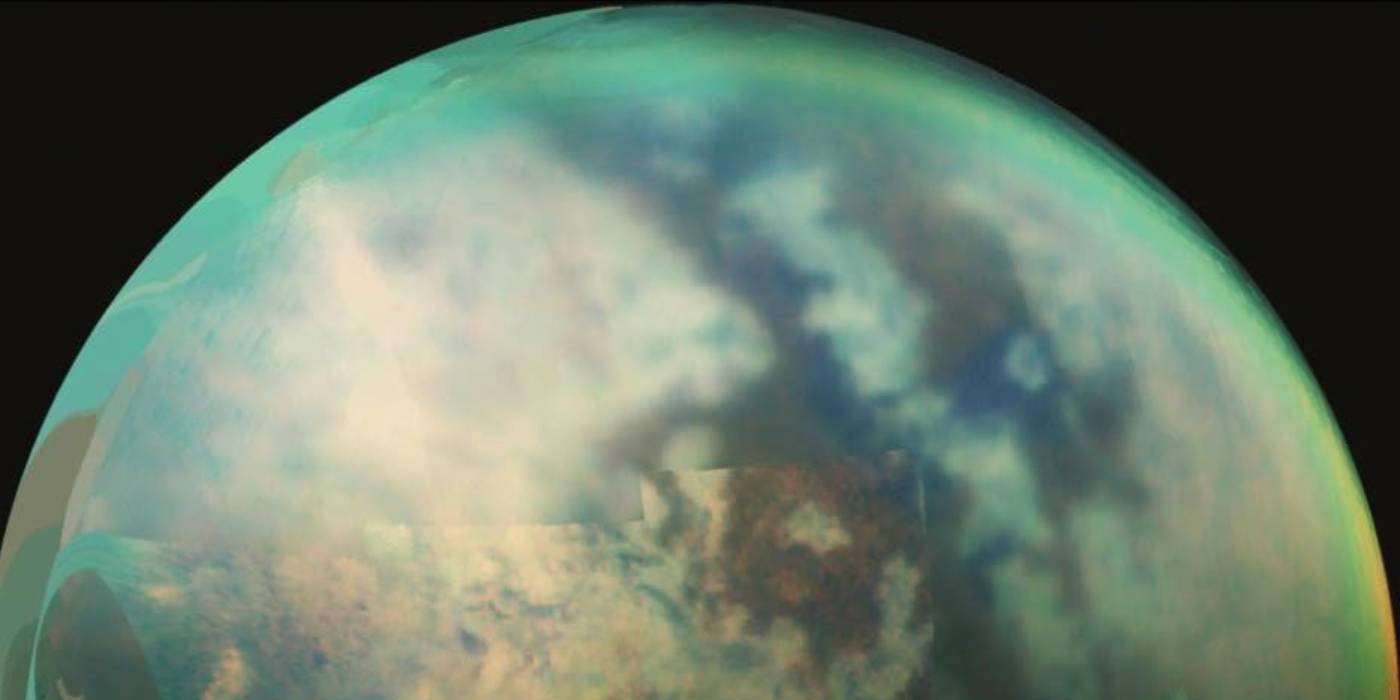
Titan’s Missing Deltas? What Cassini Saw — and What It Didn’t
#SETI Live Blog #Solar System #Astrophysics #Astrobiology #NASA Missions and Observatories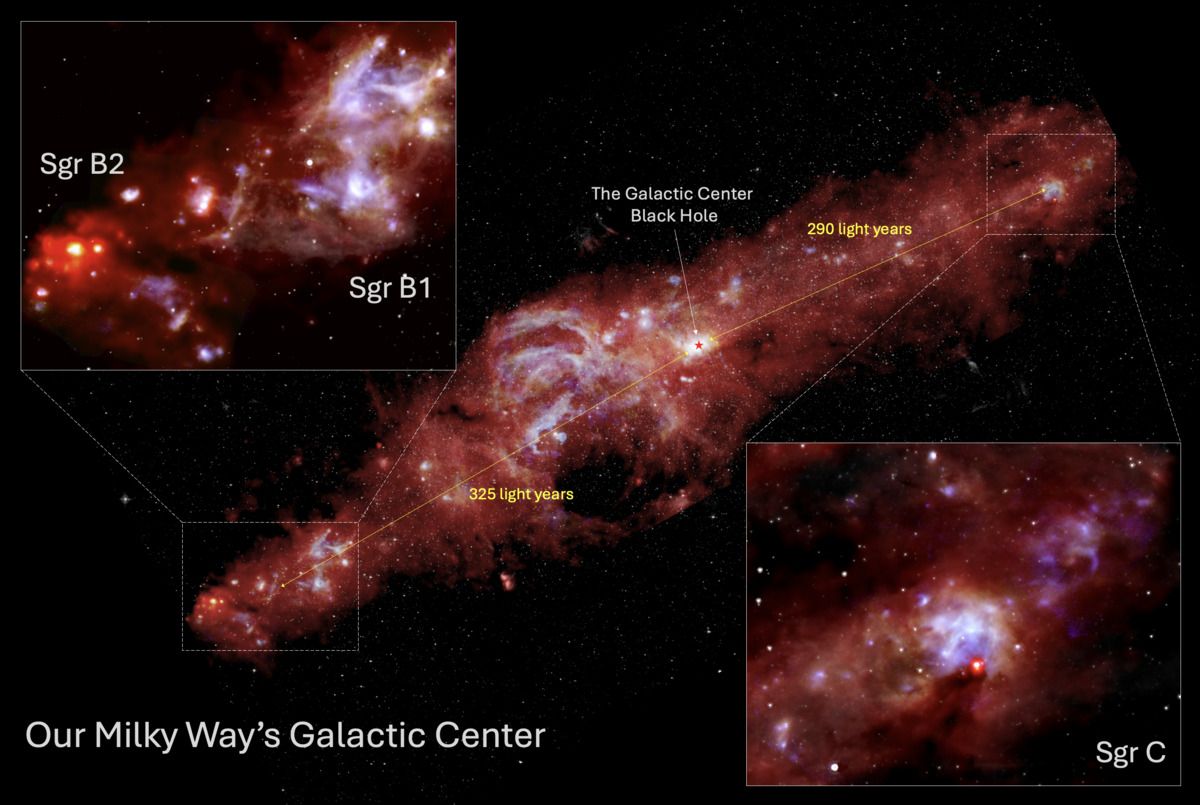
Unusual Stellar Nurseries Near Our Galaxy’s Center Puzzle Scientists
#Press Releases #SOFIA #NASA Missions and Observatories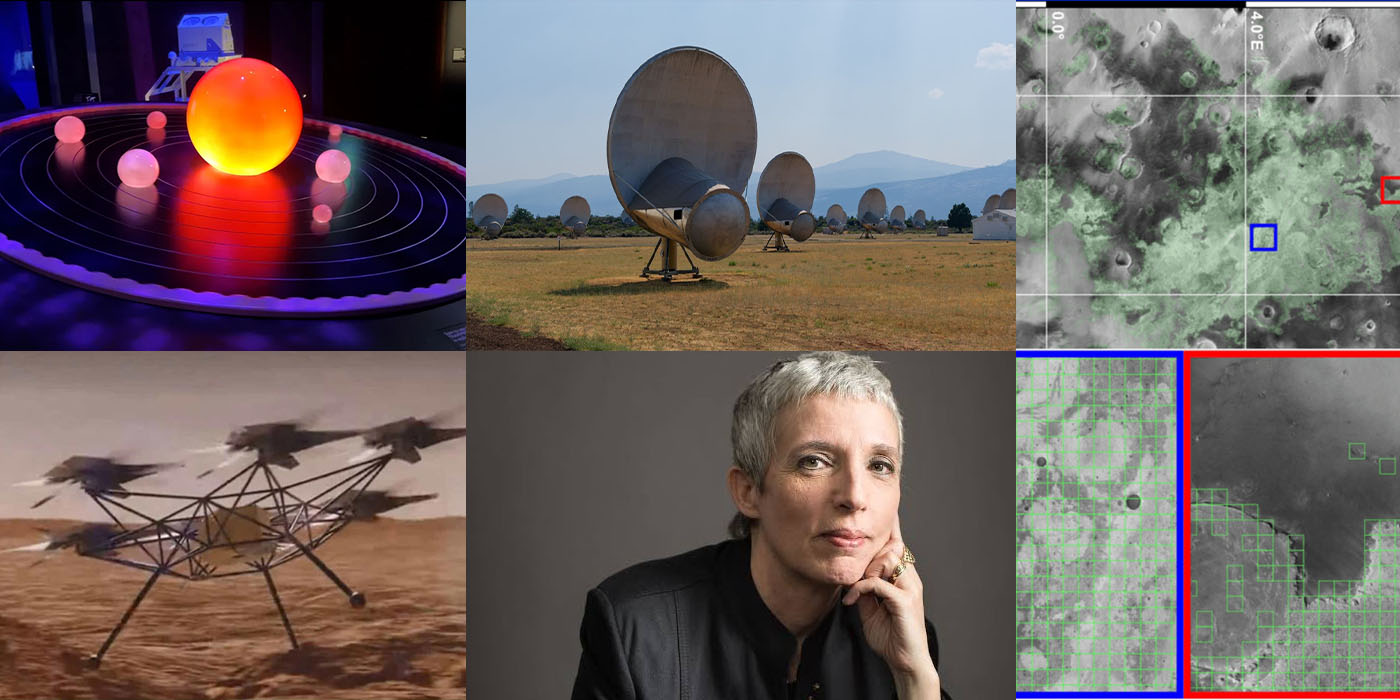
SETI Institute in the News: May Roundup
The Drake Equation
N = R* • fp • ne • fl • fi • fc • L
This simple formulation is generally agreed to be the “second most-famous equation in science (after E= mc2),” and you can find it in nearly every astronomy textbook.
Projects
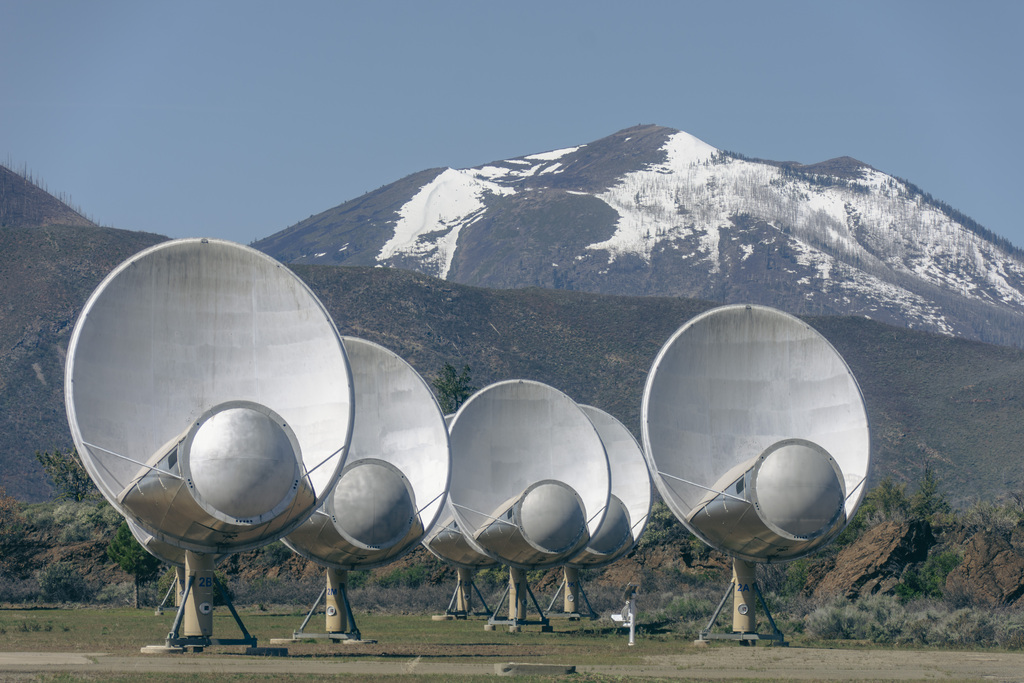
The Allen Telescope Array (ATA)
The ATA is the first radio telescope designed from the ground up to be used for SETI searches. #ATA #Radio Astronomy #Hat Creek Radio Observatory #HCRO #ATA News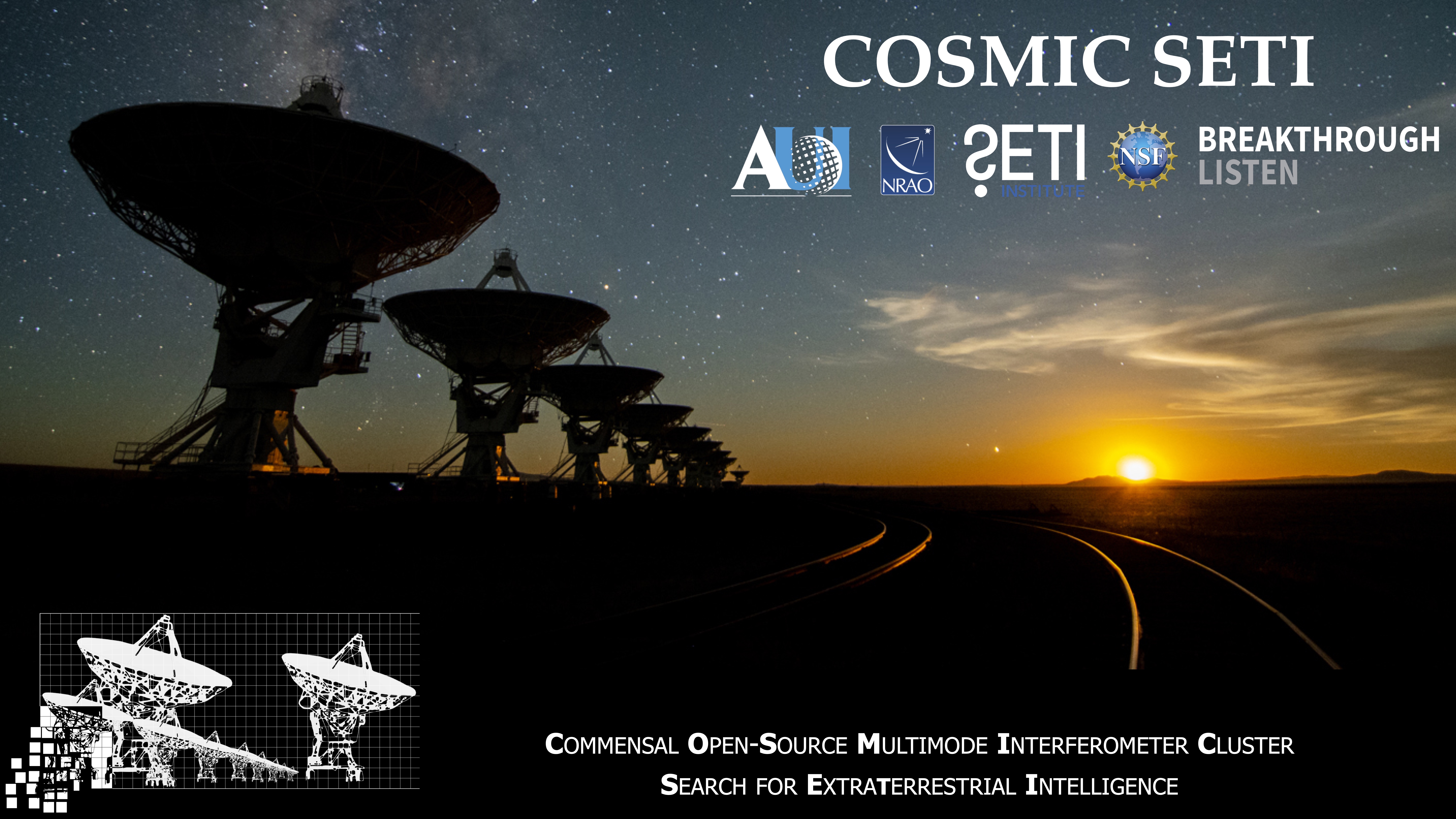
COSMIC
The Commensal Open-Source Multimode Interferometer Cluster (COSMIC) is a new commensal Ethernet-based digital signal processing backend and computer cluster on the VLA in New Mexico operated through the NRAO. #COSMIC #VLA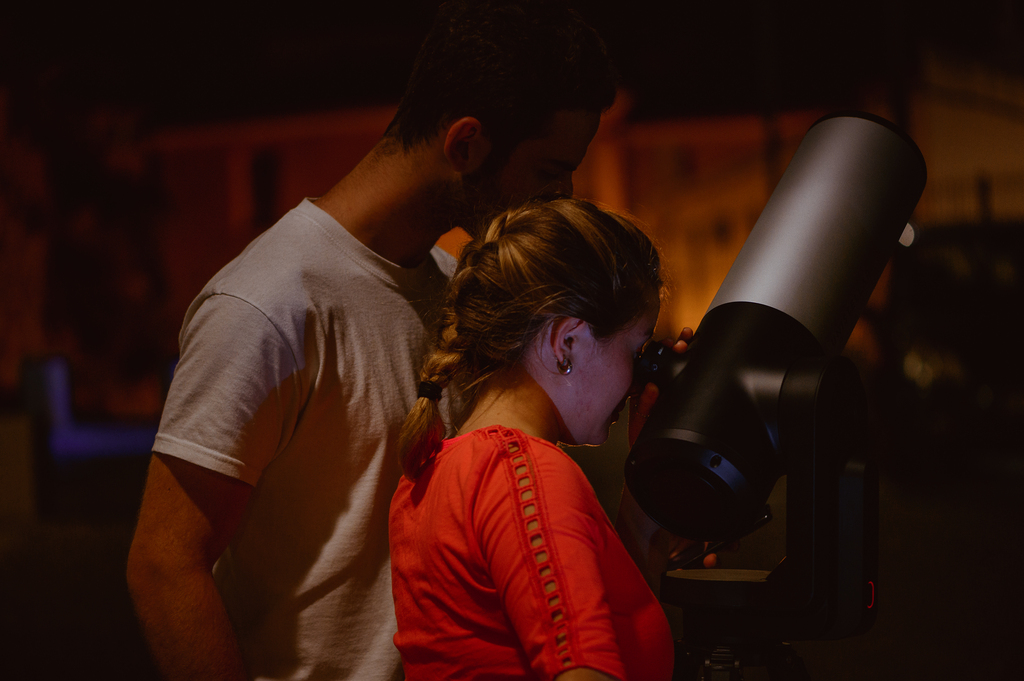
Unistellar Network
Leverage your eVscope's power and join a community of users to image intriguing astronomical events such as supernovae and exoplanet transits, while making a valuable contribution to research. #Unistellar #Citizen Science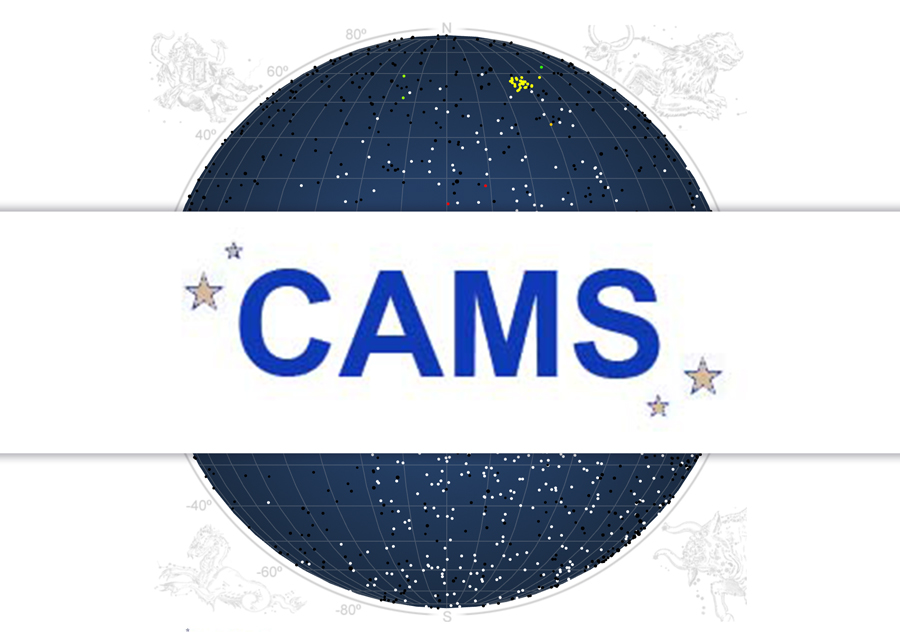
Cameras for Allsky Meteor Surveillance (CAMS)
The CAMS network uses an array of low-light video surveillance cameras positioned around the world that keep a constant watch on the night sky. #CAMS #Meteors #Meteorites #Comets #Asteroids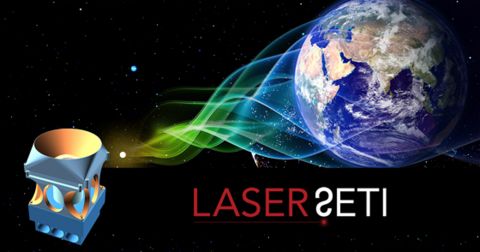
LaserSETI
SETI Institute’s LaserSETI program is building a network of instruments to monitor the entire night sky. This network represents an unprecedented growth in the continuing search for manifestations of sophisticated intelligence beyond Earth. #LaserSETI #Optical SETI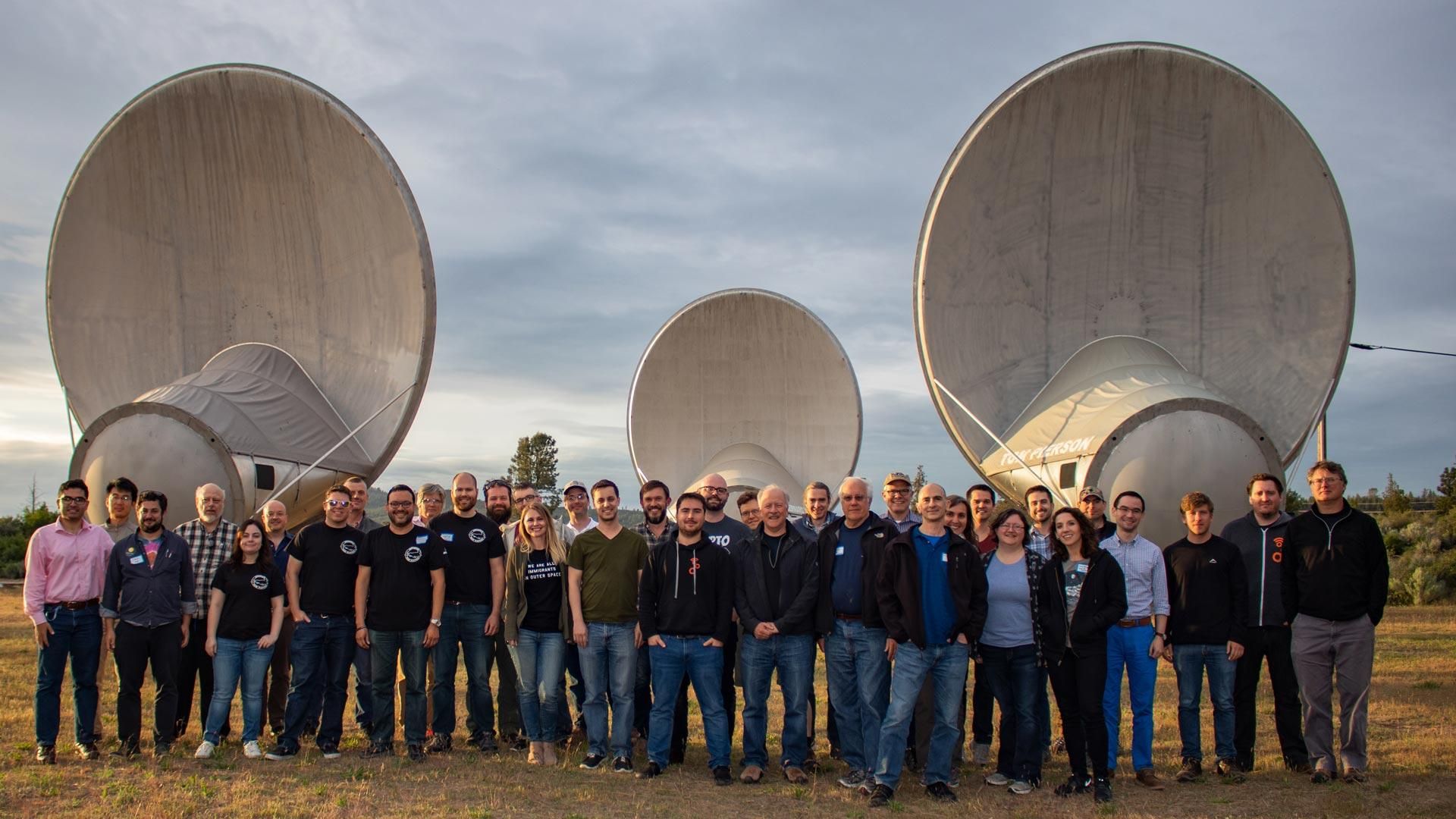
GNU Radio and SETI
GNU technology could revolutionize the development of receiving equipment for SETI (and for radio astronomy in general.) It promises to speed the design of new receivers, and to allow scientists to quickly change how data are analyzed and displayed. #GNU Radio #Radio AstronomyPostdoctoral Fellowship Opportunities
)

